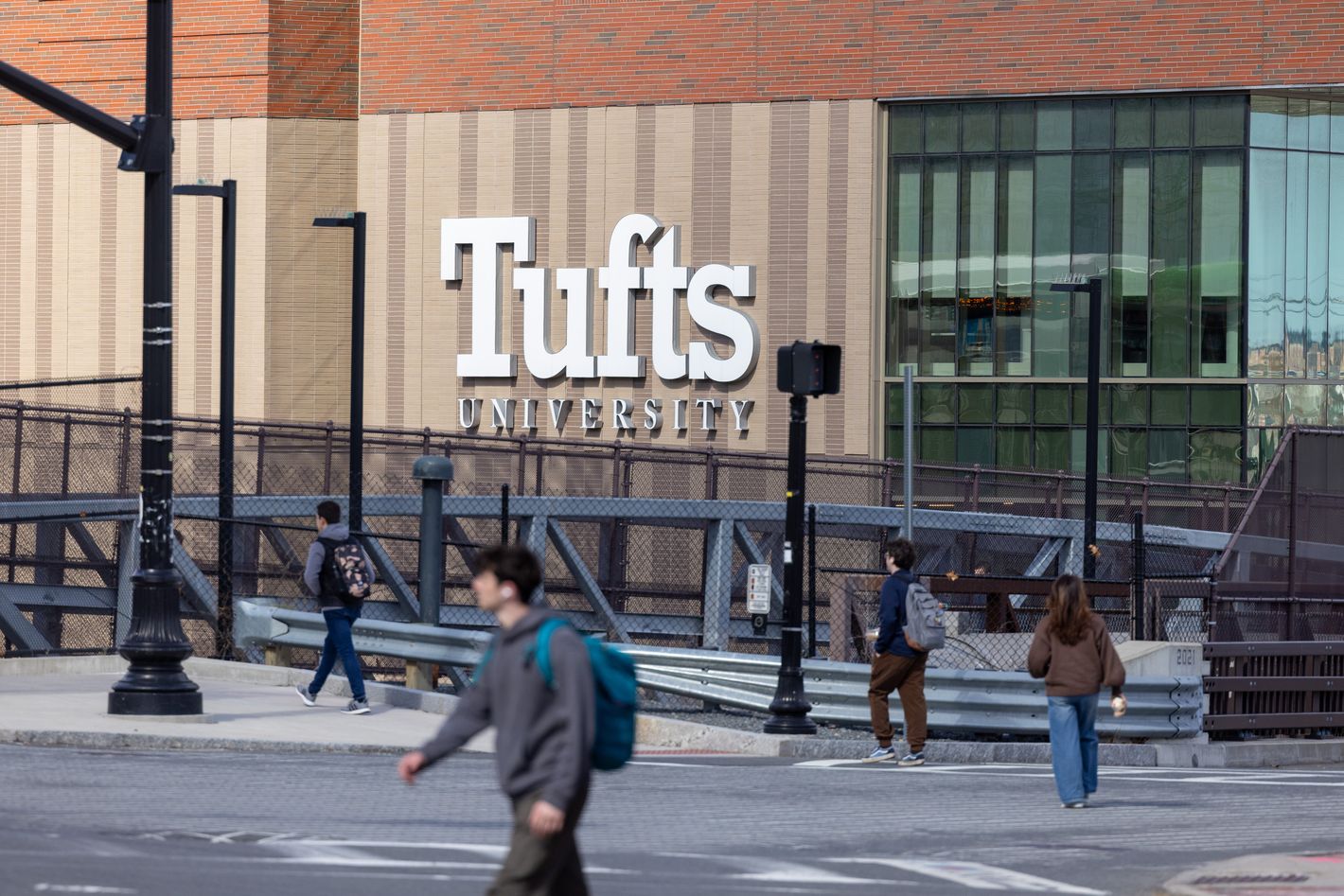Photo: Scott Eisen/Getty Images
There are an estimated 1.5 million international students seeking higher education in the U.S., and Donald Trump and his administration are definitely not making them feel welcome. In recent weeks, the Trump administration has begun targeting hundreds of foreign students, terminating their visas as well as their legal status, and prompting waves of fear and confusion at schools across the country. After some high profile early cases, like the abduction-like arrest of Tufts graduate student Rumeysa Ozturk by ICE agents in March, the administration’s crackdown has since expanded and become even more opaque. Below are answers to some of the key questions about Trump’s targeting of student visa holders, and what might happen next.
Which visas are being revoked?
So far, the Trump administration seems to have primarily targeted students with nonimmigrant F-1 academic student visas and J-1 exchange visitor visas. F-1 visas are the most common, and allow foreign citizens to come to the U.S. in order to study full-time at an accredited school. J-1 visas allow foreign scholars and researchers to come to the U.S. in order to participate in cultural and educational exchange programs. All F-1 and J-1 applicants need to be sponsored by their prospective school or program and pass vetting by ICE.
How many students have been targeted? At how many schools?
According to Inside Higher Ed’s tracking database, Trump’s State Department has recently changed the legal status of more than 1,000 students and recent graduates at over 170 colleges and universities — both public and private, of all sizes — in at least 40 states and the District of Columbia.
That unofficial count, which continues to grow daily, is based on news reports, university announcements, and other sources. The affected visa-holders include current students, recent graduates working in the country as part of temporary post-grad professional programs, and scholars, faculty, and researchers in exchange programs. The vast majority of the affected people have not been publicly identified by name, nationality, or any other demographic. It’s a far from complete picture of everyone who has been affected.
How is the Trump administration going about terminating the visas?
Based on various reports, it has typically been a multi-part process. First, the State Department revokes the targeted student’s visa. Then, in many cases, the Department of Homeland Security has additionally terminated the student’s record in the Student and Exchange Visitor Information System (SEVIS), which effectively revokes their legal status in the country.
In some cases, the Trump administration has notified the students and even suggested they self-deport. In other instances, neither they nor their schools have been notified. And in many cases, the students haven’t received any explanation for why their visas were revoked and their legal status terminated. Without legal status, they may be subject to fines, arrest, and deportation if they remain in the country.
Why are the students being targeted?
That’s often not clear.
Initially, the Trump administration said that it was targeting hundreds of students allegedly involved in pro-Palestinian campus protests. In early March, it sought to arrest and deport those students citing an obscure provision of the 1952 Immigration and Nationality Act, which allows the secretary of state to deport noncitizens who could harm U.S. foreign policy.
Not long after, the administration expanded its criteria for targeting students. According to various reports and court filings, the latest wave of visa terminations seem to be over any kind of legal infraction by the students, including traffic violations and years-old misdemeanors. But again, it’s not always clear, since the government often hasn’t offered any explanation for why it has terminated people’s visas.
And don’t expect more clarity from the State Department. “Due to privacy considerations, and visa confidentiality, we generally will not comment on Department actions with respect to specific cases,” a spokesperson told CNN.
It’s also not clear whether the administration will come up with additional criteria. NBC News reports that a DHS task force has been set up to scour international students’ social media histories to find reasons to kick them out.
What are some of the schools where students have been targeted?
Here are a few representative examples:
• At Northwest Missouri State University, the school’s president said on April 11 that USCIS had terminated the visas of at least 43 people affiliated with the university, including 5 current students and 38 optional practical training students (recent graduates with temporary employment in the U.S. related to their field of study).
• At least a dozen people affiliated with Harvard University have had their visas terminated, per the Harvard Crimson, including seven current students and five recent graduates. The school has said that it is “not aware of the details of the revocations or the reasons for them.”
• Arizona State University confirmed on April 3 that the State Department had revoked the visas of at least eight of its more than 15,000 international students.The university said in a statement that “these revocations are unrelated to campus protests; they stem from what appear to be, in most cases, various legal infractions.”
• As of April 14, at least 76 visa holders in the University of California system have been targeted by the Trump administration. At the University of California, Davis, school officials report that at least 23 people had their student visas revoked, including 14 current students and nine recent graduates. “Federal agents have not entered our campus, and they have not placed any member of our community in custody,” the school says. “The federal government has not explained the reasons behind these terminations.”

